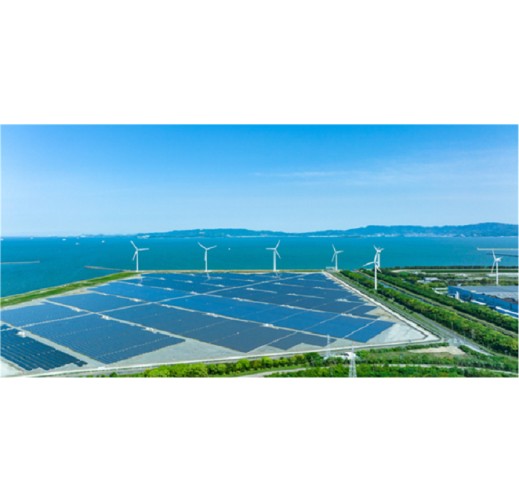Nippon Life Transition Finance Framework
Technology / Service Summary
Nippon Life have developed specific standards of transition finance, in accordance with the following three core components.
①We will conduct the evaluation whether a company's long-term plan is in line with an internationally credible, science-based pathway that is consistent with the Paris Agreement pursuing a 1.5°C target (“Paris Pathway”).
②We will support a company’s overall activities as an institutional investor by evaluating the company’s long-term plan and strategy, rather than just focusing on individual technologies.
③Through ongoing monitoring and dialogues, we will flexibly cope with changes in a company’s long-term plan in order to evaluate the plan, considering uncertainty in the future.
Purpose
Transition efforts in the corporate sector are crucial to achieving decarbonization in Japan, rather than rapid decarbonization. On the other hand, the lack of a clear definition of transition finance is one of the factors preventing the expansion of the transition finance market. In this context, we recognized the necessity to organize a transition finance, which can be globally welcomed, for further market expansion in the future. This is the reason why we have developed the framework with specific quantitative evaluation criteria.
Feature
Nippon Life defines our basic principle as “transition finance is investments and loans for supporting a corporate’s initiatives consistent with the Paris Agreement, which pursues the achievement of the 1.5°C target”. Therefore, we focus on assessing company’s GHG emission reduction plans. Based on the information of corporate level short-, mid-, and long-term GHG emissions reduction goals (2030, 2040, and 2050, respectively) provided by a company, we will evaluate and confirm if the long-term plan is aligned with the Paris Pathway.
In addition, in this framework, we provide transition finance for any individual asset (technology) used by a company, as long as the company's GHG emission reduction plan is consistent with the Paris Pathway. In other words, if the overall corporate plan is consistent with the Paris Pathway, this framework does not adopt taxonomy criterion that would deny individual technologies within that plan. This is because we believe that the evaluation of a company's overall GHG emission reduction plan is more important than the evaluation of individual technologies for which the funds will be used.
Effect
In order to realize the transition to net-zero, the cooperation between many stakeholders is necessary. Therefore, we intend to make the entire contents of this framework available on our official website, not only as a tool for our company, but also for a wide range of companies and financial institutions. In this way, we aim to solve social issues not only by enhancing our own initiatives, but also by creating a significant impact on the world as a whole.
Controlled Substance
Reference
Applicable Regions / Countries
- Japan
- Southeast Asia
- Central/South Asia
- China/ East Asia
- Middle East
- Africa
- Oceania
- North America
- Europe
- Central/South America
- ASEAN countries
Indonesia,Cambodia,Singapore,Thailand,Philippines,Brunei Darussalam,Viet Nam,Malaysia,Myanmar,Lao PDR
Related SDGs Goals
- 7. Affordable and Clean Energy
- 13. Climate Action



